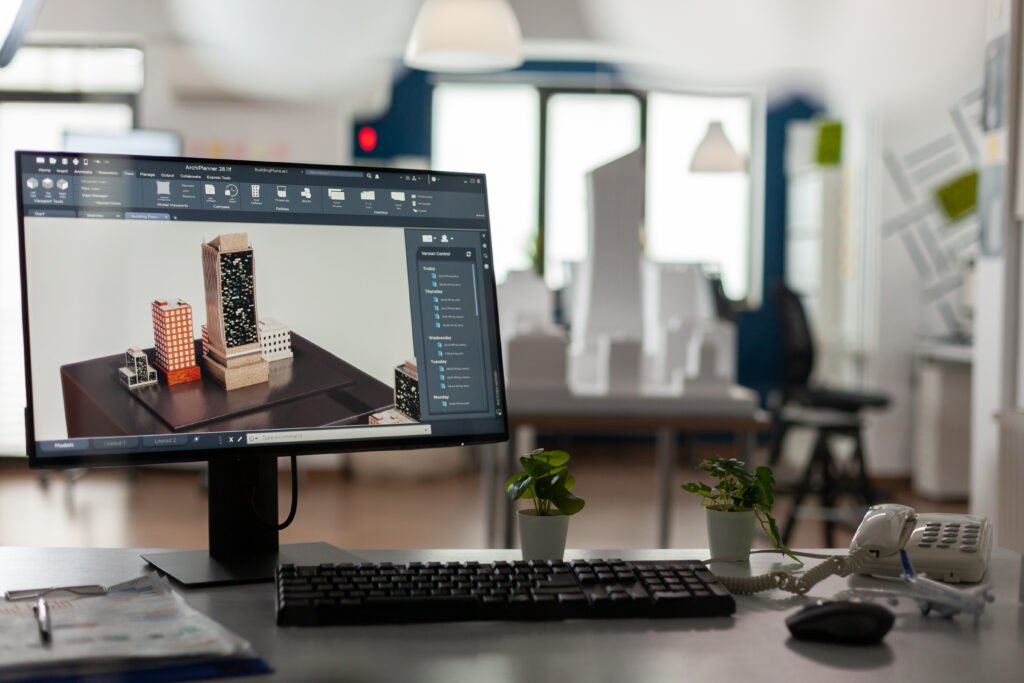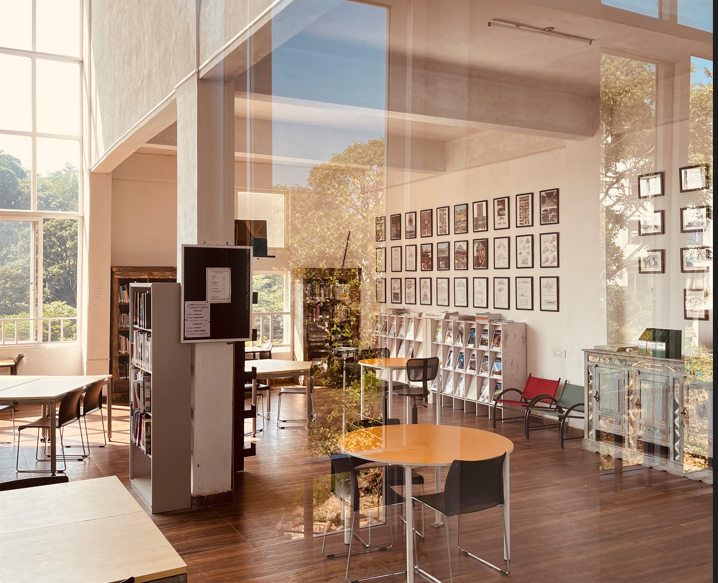
Author. Alwin Sebastian Parayannilam, B.Arch., M.Tech. (Urban Planning) Assistant Professor, DC
School of Architecture and Design, Vagamon
DCSAAD, one of the the best architecture colleges in Kerala makes students by experimenting—not just drawing. In architectural education, learning goes beyond theory and drawing. Our students learn best when their ideas take physical form. The most transformative moments often occur when students engage physically with materials and models. As architecture evolves in complexity and ambition, the need to combine conceptual understanding with practical experience becomes even more crucial. One of the most effective tools in this context is model making, not merely as a method of presentation, but as a core process of thinking through doing. It encourages students to understand space, structure, and form in tangible ways, while also building problem-solving skills, creativity, and spatial reasoning.
While digital technologies have revolutionized architectural workflows, the physical act of making remains irreplaceable. Digital models may offer precision and speed, but they often lack the tactile and spatial feedback that comes from interacting with real materials. Physical models, on the other hand, allow students to explore scale, proportion, material behavior, and construction logic in a direct and intuitive manner.In DC School of architecture and design,Vagamon, the top college for architecture in Kerala do model making also. It also reinforces key principles taught in architectural graphics and drawing techniques such as orthographic projection, isometric views, and perspective representation. These drawing methods, when complemented by physical modeling, give students a well-rounded understanding of visual representation in architecture.
Building Knowledge through Prototypes In the Advanced Building Technology course at our architecture school, I incorporated a model making module to help students engage with innovative building systems. The focus was on constructing models that represented advanced architectural technologies, including:
Kinetic architecture – buildings with dynamic or movable parts
Pneumatic structures – lightweight constructions supported by air pressure
Tensile structures – systems using tensioned fabric or cables Mobile and temporary architecture – adaptable structures designed for movement or short-term use Rather than relying solely on lectures and images, students were encouraged to interpret these technologies by building scaled prototypes using basic materials such as cardboard, fabric, wires, syringes (for pneumatics), and simple joints.
The transformation in understanding was immediate and impressive. Students began to grasp the mechanical and structural logic of each system how movement can transform space, how air pressure can support enclosure, or how tensile elements distribute force through geometry. Concepts that initially felt abstract or overly technical became approachable and engaging through physical experimentation. Thus DC School of Archtitecture, the finest architecture colleges in Kerala make students learn it.
Thinking this hands-on process enhanced the students’ in DC school of architecure , appreciation for the material and structural behavior of each system. Moreover, it triggered important questions about real world feasibility, sustainability, and user experience. Students who are learning B.arch in our college, were not only learning about the systems they were learning to question, iterate, and innovate. The exercise also introduced students to interdisciplinary thinking. For example, understanding kinetic systems required insight into mechanical linkages; working on tensile models led to discussions about forces, tension, and anchorage systems; pneumatic structures prompted exploration of air flow, pressure regulation, and flexible membranes. Importantly, students learned to collaborate, manage time and resources, and respond to failure skills that mirror the realities of professional architectural practice.
While digital modeling and parametric tools are essential in modern architectural design, the act of physically crafting a model still provides unmatched educational value. Many of the top architecture colleges in Kerala and across India are re-emphasizing the role of craft and physical exploration in their curricula. Manual model making helps cultivate a material sensitivity and attention to detail that is often lost in digital workflows. It fosters empathy toward construction processes, labor, and fabrication. When students work with their hands, they begin to see architecture not only as a set of drawings, but as a built reality that involves materials, joints, labor, gravity, and time. Workshops and studio-based learning environments that encourage this kind of exploration make architectural education more grounded, engaging, and holistic.
Learning that lasts Model-making is more than a supportive exercise; it is a pedagogical strategy that turns passive learning into active inquiry. Through hands-on workshops, students learn to test ideas, visualize solutions, and understand spatial relationships in ways that digital screens alone cannot provide. In the context of architecture education in Kerala, where institutions are constantly striving to bridge theory and practice, the integration of model-making and material exploration into the curriculum is a powerful way forward. These experiences prepare students not only for academic success but for a future where they must design with creativity, responsibility, and technical intelligence. By empowering students to learn through making, we reaffirm the architect’s most fundamental tools: curiosity, craftsmanship, and the ability to think in both mind and matter.
Also read : Why DCSMAT Appears On Top As The Finest MBA College in Kerala with Placement?